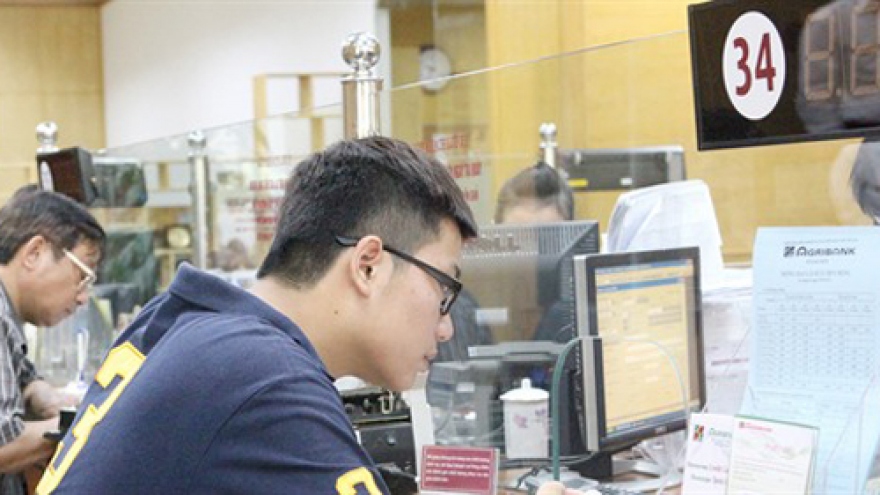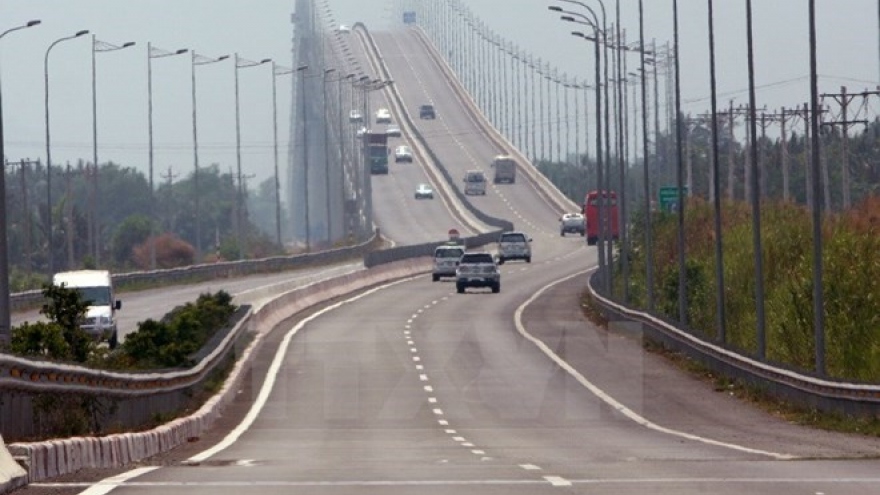Government works to curb debt at permitted level
The Government has built various measures to keep public debt within permitted levels, Minister – Chairman of the Government Office Mai Tien Dung has said.
Borrowing and debt payment schemes for five year periods should take into account possible risks such as oil prices and foreign exchange rates; potential debt obligations and force majeure risks.
The Government will improve the efficiency of public investment, encourage investment in the form of public-private partnerships and increase the accountability of ministries and localities in the allocation and use of loans, he said.
Minister Dung added that the Government will push ahead with public debt restructuring, develop the domestic capital market, and prioritise long-term investors while improving institutional frameworks and policies for public debt management.
Recently, the Government proposed to the National Assembly raising the ceiling ratio of government debt to GDP to 55 percent from the current 50 percent.
However, most opinions in the NA’s Finance-Budget Committee did not agree to the proposal, saying that in the context of difficulties of the State budget and instability of national financial security, it is necessary to maintain the limit for the public debt and the Government’s debt from 2011-2015 as set by the 13th National Assembly at 65 percent and 50 percent of the GDP, respectively.
The law on public debt management stipulates that the National Assembly will decide the goals, orientations for borrowing, using and managing public debts and safety indexes on debt in five-year socio-economic plans.
According to the national strategy on public debt and foreign debt from 2011-2020, with a vision towards 2030, public debt and Government debt must not exceed 65 percent and 55 percent of GDP, respectively.
In 2015, Government debt accounted for 50.3 percent of the GDP and is estimated to surpass 53 percent of GDP in 2016-2019.



